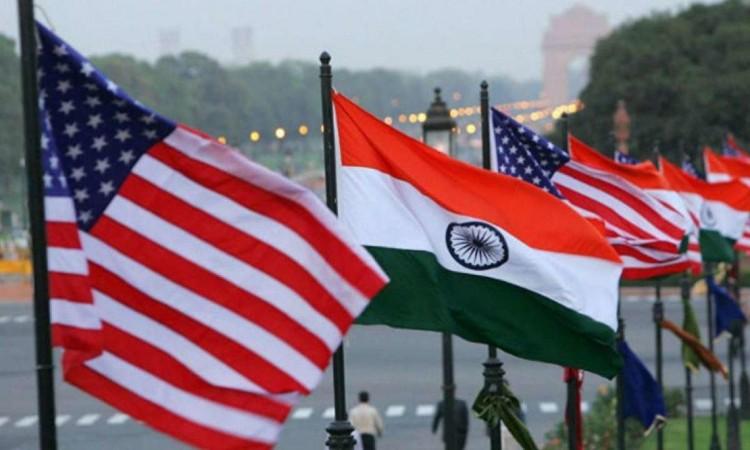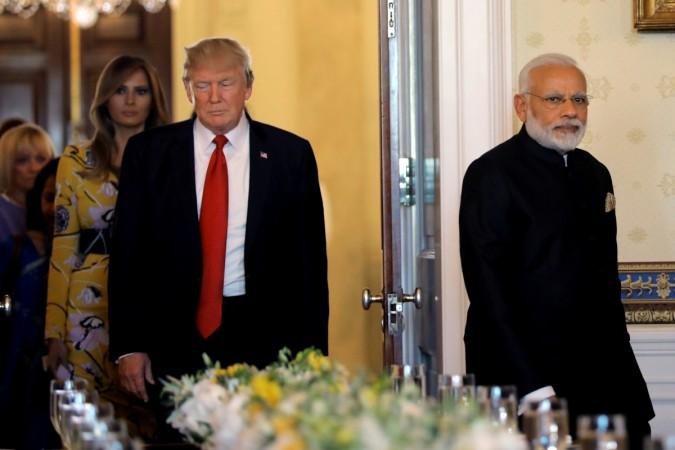
India and the United States have recently concluded the fifth round of negotiations for a proposed Bilateral Trade Agreement (BTA). Despite progress, significant issues such as agriculture and automobiles remain unresolved, according to government sources. The Indian delegation, led by Chief Negotiator and Special Secretary in the Department of Commerce, Rajesh Agrawal, participated in the discussions held in Washington DC. As both nations explore the possibility of an interim trade deal, further rounds of discussions are anticipated in the coming weeks, especially with the looming August 1 deadline when the suspension period of the 12% US tariff on Indian goods ends.
India is not differentiating between an interim or first phase of a bilateral trade agreement. While the country is negotiating a comprehensive deal, the conclusion of an interim agreement based on items agreed upon so far cannot be ruled out. Union Minister Piyush Goyal emphasized, "I have already mentioned that we don't negotiate through media. We negotiate in the negotiating room...Talks are ongoing and once the team is back, we will get feedback of the response and the progress..."
The negotiations also covered trade in Special Chemicals, Organisms, Materials, Equipment, and Technologies (SCOMET). Broader economic concerns relating to non-market economies, including China, were discussed, with access to rare earth minerals being a key issue raised. India is primarily seeking relief from the 26% tariff imposed by the US in April as part of a broader announcement of tariff hikes on several countries. Meanwhile, the US is seeking duty concessions on industrial goods, automobiles (especially electric vehicles), wines, petrochemical products, agricultural goods, dairy items, apples, tree nuts, and genetically modified crops.

Challenges and Sticking Points
The urgency of the negotiations is underscored by the August 1 deadline related to the suspension period of the 12% US tariff on Indian goods. India is primarily looking for relief from this tariff, while the US is seeking duty concessions on various goods. The latest talks between the two countries covered trade in SCOMET and broader economic concerns relating to non-market economies like China. Friction over US tariffs on automobile imports and the US's demand for more agricultural access to Indian markets, including genetically modified crops like soybean and corn, have been sticking points. Indian farmer groups have strongly opposed this move, and the talks also witnessed friction over US tariffs on automobile imports. The Trump administration had imposed a 25% duty on passenger vehicles and select components from India, further straining negotiations.
Union Minister Piyush Goyal reiterated that negotiations are ongoing and that feedback will be gathered once the team returns. He emphasized that India will only sign trade deals that serve the national interest. "We must support each other and be vocal for local," he said. Goyal also urged Indian industry to leverage Free Trade Agreements (FTAs) for global impact, emphasizing the importance of quality in enhancing India's global competitiveness. He highlighted the role of Micro, Small, and Medium Enterprises (MSMEs) in this endeavor, focusing on research, innovation, quality, and scaling up to compete globally.
The minister also drew a comparison between the current banking system and its state under the previous UPA government, highlighting the successful restructuring of the banking sector by the PM Modi-led administration. "We have restructured it in a transparent manner. Today, the banking system is robust and performing well," Goyal concluded, presenting a positive outlook on the nation's financial health.
Global Trade Dynamics
In a related development, Union Minister Piyush Goyal announced that the EFTA pact would come into effect from October 1, following ratification by all four countries involved. This announcement was made during an event in Mumbai, where Goyal also emphasized the importance of ensuring product quality to enhance India's global competitiveness.
The ongoing trade negotiations between India and the US are part of a broader context of global trade dynamics. On April 2, US President Donald Trump announced high reciprocal tariffs, which were immediately suspended for 90 days until July 9 and later extended until August 1, as America negotiates trade deals with various countries. The implementation of these tariffs has created a sense of urgency in the negotiations, with both sides seeking to reach an agreement before the deadline.
The negotiations have also been influenced by broader geopolitical shifts, including US-China relations. The US has imposed preliminary anti-dumping duties of 93.5% on graphite imports from China, a key raw material in the anodes of electric-vehicle batteries. This move is part of a broader strategy to counter China's dominance in the global supply chain for critical materials.
In the context of historical trade negotiations, the current India-US talks bear similarities to past trade discussions between major economies. For instance, the US-China trade war under the Trump administration saw both countries imposing tariffs on each other's goods, leading to prolonged negotiations and economic uncertainty. Similarly, the ongoing India-US negotiations highlight the complexities and challenges of reaching a mutually beneficial trade agreement in a rapidly changing global economic landscape.
As the August 1 deadline approaches, the outcome of the India-US trade negotiations remains uncertain. Both countries are seeking to balance their national interests with the need for a comprehensive trade agreement that addresses key issues such as tariffs, market access, and regulatory standards. The stakes are high, and the coming weeks will be crucial in determining the future of India-US trade relations.









